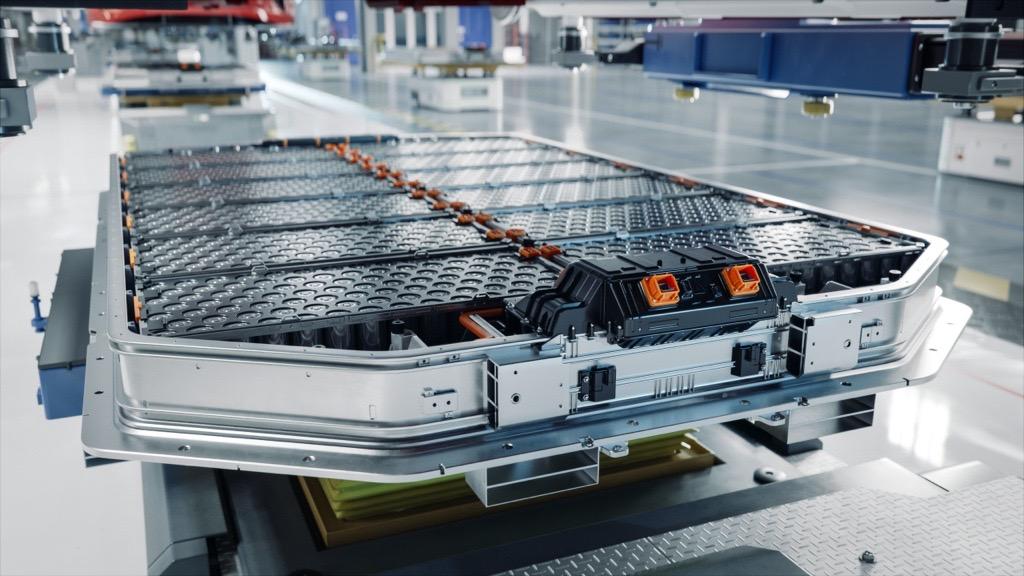The U.S. Department of Energy projects that new electric vehicle (EV) battery plants will boost manufacturing capacity from 55 GWh per year to over 1,200 GWh per year by 2030. This increase supports the annual production of over 13 million EVs, predominantly located in the north-south region of the U.S., known as the “Battery Belt”. Greenbrier recognizes the increasing demand for eco-friendly transportation and supports the future development of North America’s EV battery supply chain. We have engineered a portfolio of railcars with enhanced designs specially for the various minerals and processing materials needed for EV battery production. Our designs offer a range of options that support rail transport of these minerals from mines, processing facilities and production plants.
Government policy in the U.S., such as the Inflation Reduction Act, is driving the demand for North American-sourced critical minerals and manufactured EV product content. These policies aim to reduce reliance on imports and promote battery recycling, reshaping the supply chain domestically. For instance, the favored Nickel Manganese Cobalt (NMC) battery type is expected to see moderate growth, while Lithium Iron Phosphate (LFP) batteries are poised for significant rail shipping opportunities, offering lower cost and significantly less hazardous risks.
Railcar Deliveries
supporting EV production
% EV Railcar Deliveries

Source: PLG Consulting / The Greenbrier Cos. 2024
Projections indicate that by the end of 2024, EV-related railcar deliveries will constitute 5% of total railcar deliveries, escalating to 15% by 2029. Various raw mineral ores such as lithium, nickel, cobalt, copper, phosphoric rock and spodumene (SP6) will be transported from mines to processing plants. Additionally, intermediate materials such as soda ash, sulfuric acid, lime, graphite, silicon, and phosphates will also be shipped for battery production. The tank car demand alone for transporting phosphoric and sulfuric acids will increase from 2024 to 2029, leading to the addition of more than 3,000 units to support the EV production market.

As EV battery supply chains evolve, shippers will adapt to meet their changing transportation needs with North America’s railroad network poised to support this eco-friendly growth. Also, battery recycling, known as upcycling, will further reduce the need for imports and lowering overall costs. Domestically upcycling critical minerals will qualify for EV purchase tax incentives. New technologies, such as solid-state and sodium batteries, will become more common around 2030, offering additional opportunities for rail transport. At Greenbrier, we are continually looking to the future for ways to design, manufacture and support rail shippers with the most efficient transportation solutions.
General Inquiries
For a comprehensive analysis and detailed insights, download our white paper. Fill out the form to receive the full report and explore the future of EVs and rail transport.



